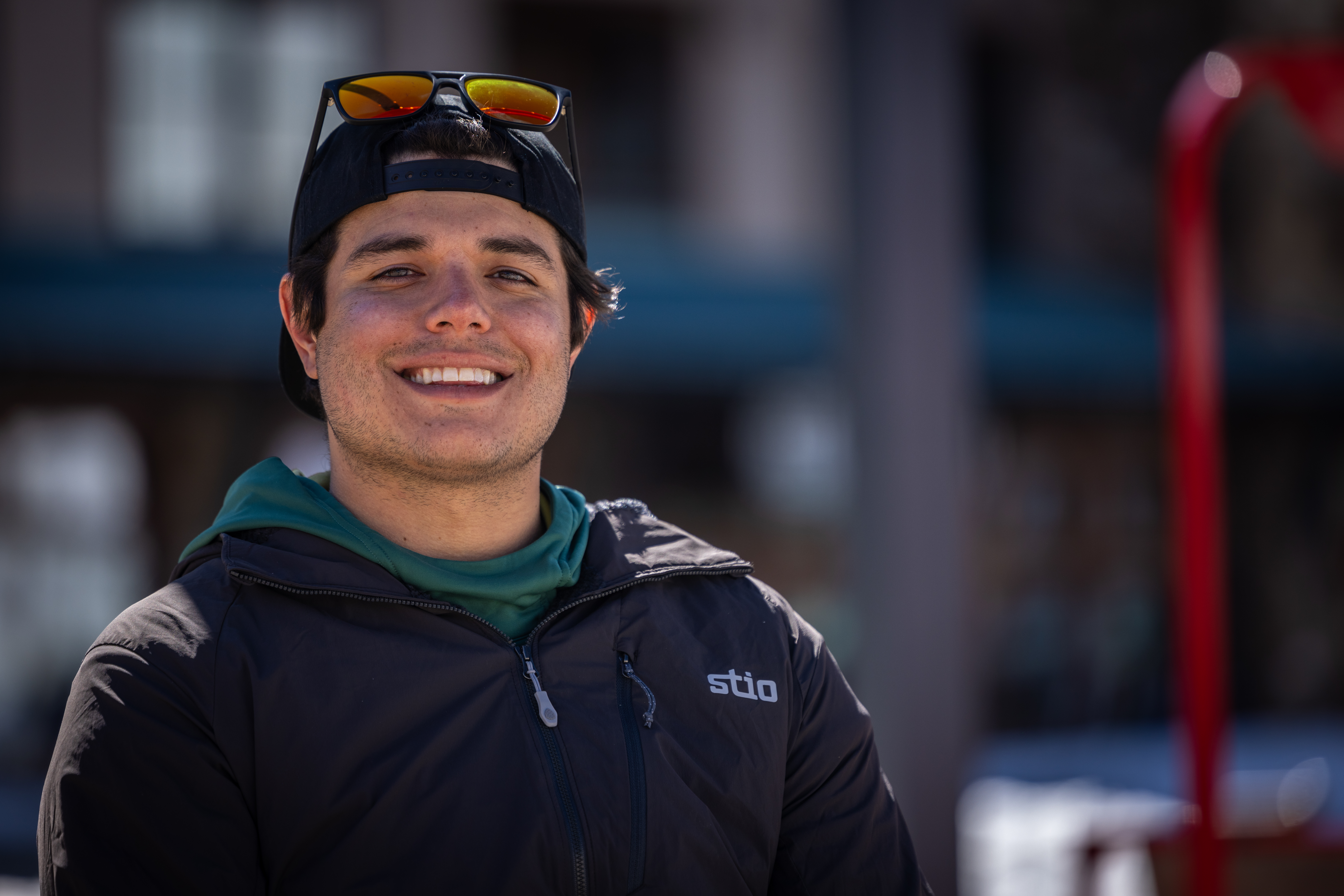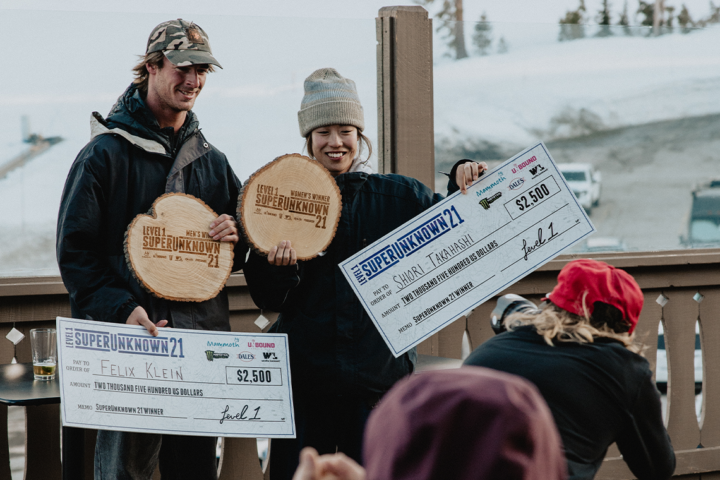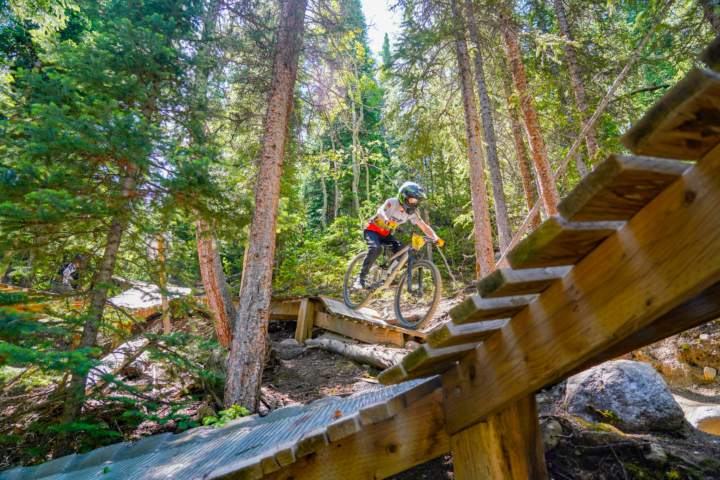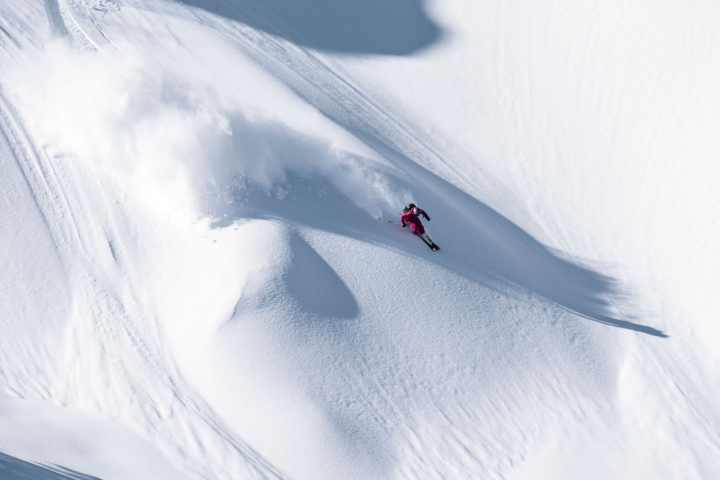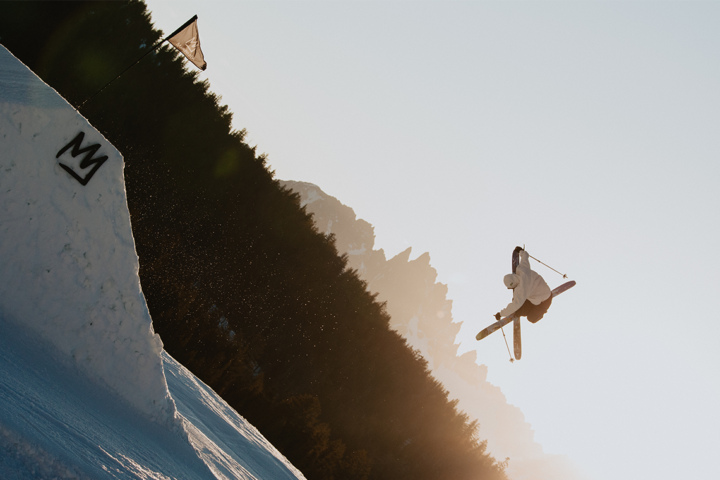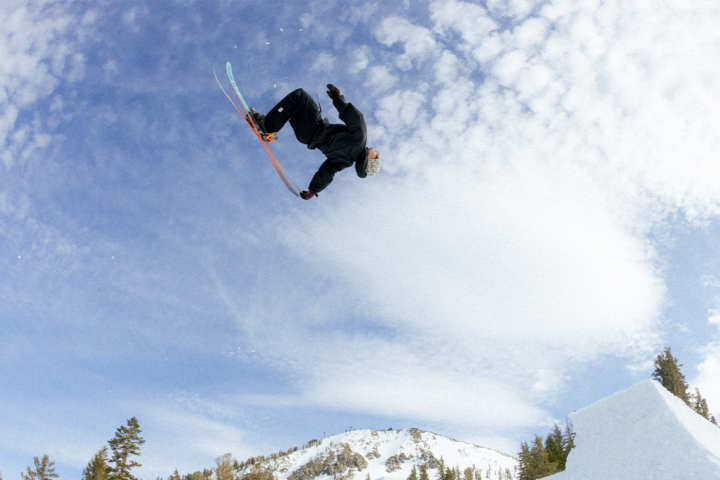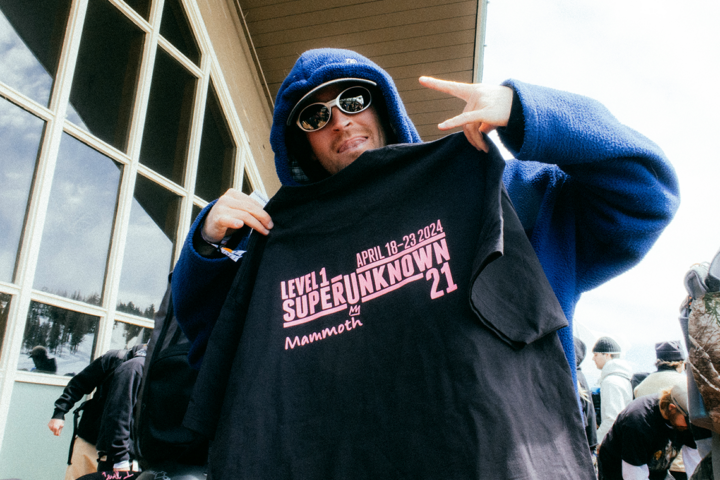By: Jason Tross
Avalanches, mudslides and heavy rains ravaged Pacific Northwest mountains for more than a month during one of the deadliest avalanche cycles in recent history.
“We haven’t had this amount of inbounds deaths [nationwide] in more than 30 years,†said Northwest Avalanche Center Director Mark Moore.
“This is the most unstable snowpack I’ve seen in more than 20 years in the Northwest,†he added.
According to Moore, the recent avalanche and landslide activity is the culmination of more than a month of extreme and unusual weather patterns for this area and time of year.
Heavy dry and crystalline early December snows created an unusually deep and weak bonding layer to the ground. A quick warm storm dropped rain before turning to snow and adding another couple feet of fresh snow. These layers created very high avalanche levels, only to receive another few feet atop the crust layer.
“We had a similar situation last December, but this was much more fragile,†said Moore.
Temperatures are heading upward of 50 degrees and more people are beginning to venture out in the backcountry. NWAC forecasters are just now getting information from these people about the avalanches – many of which broke 5-10 feet deep.
Mt. Baker Ski Area General Manager Duncan Howat said his ski area had around 120 inches of snow just after the new year. Another three feet fell there last week, but is now settling down to around 85 inches. The settling is a clear indication of dry crystalline layers – some of the most avalanche-prone snow.
While Mt. Baker was getting slammed with snow, lowlands across Western Washington and Oregon were under flood warnings, which materialized into torrential rain as high as mountain passes.
A new and unstable snow pack, followed by more than six inches of rain are being blamed in a several hundred-foot-wide landslide/avalanche inbounds at Summit at Snoqualmie Ski Area’s Hyak zone.
“The landslide occurred mid-morning on January 7th,†said Summit at Snoqualmie Communications Director Holly Lippert.
“The area was closed and no one was injured, although two of our chairlift towers of our Keechelus chair were destroyed.â€
“The slide was about 100′ wide and is believed to have been caused by improper construction of the hill decades ago (before it became a part of The Summit). Our Summit East base area will be closed for the rest of the season for alpine operations, although nordic will continue in a limited capacity,†she added.
The recent warming trend is creating much-needed stability for most Pacific Northwest ski areas. However, the avalanche risks are still high in the backcountry and areas above 5,500 feet. But, nothing is ever completely safe and Moore urges constant caution and education.
“You do all you can to control conditions inbounds,†said Moore. The backcountry is a whole different frontier where no controls take place.
“People need to realize there may still be dangers. We all know skiing, snowboarding and snowmobiling are inherently dangerous. People are responsible for their own safety. Do your own assessments,†he added.
Visit www.avalanche.org for more information about education and the latest avalanche forecasts.

